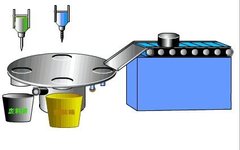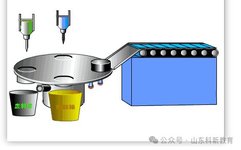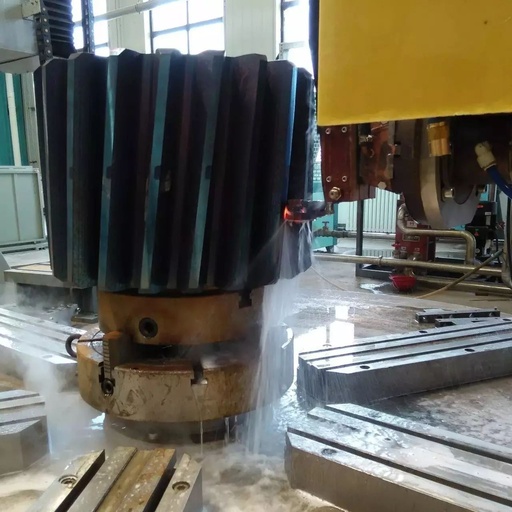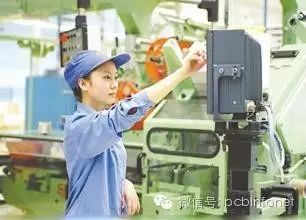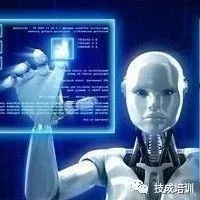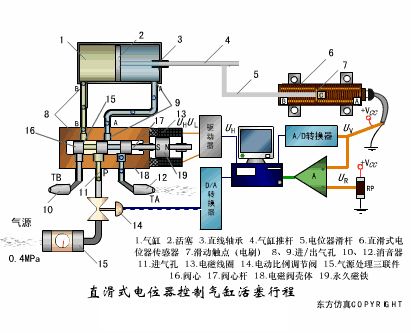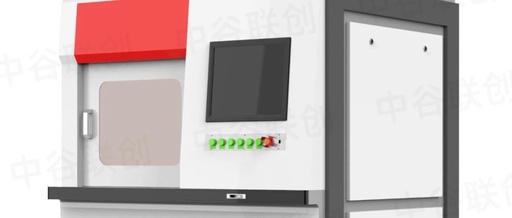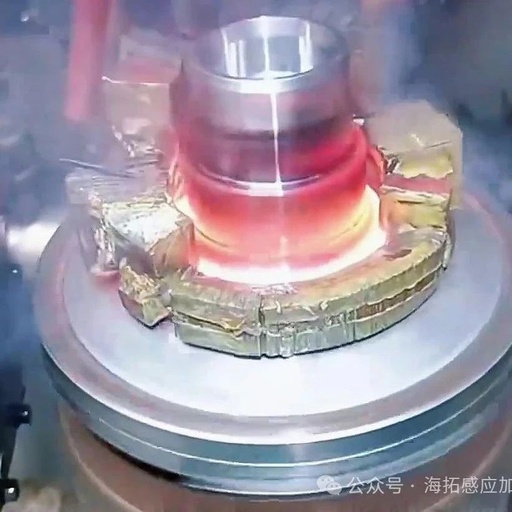15 Fundamental PLC Concepts for Efficient Learning: How Many Do You Know?
Anyone engaged in electrical work knows that the automation control provided by PLCs is indispensable for industrial production and technological development. Broadly speaking, a PLC can be understood as a centralized relay extension control cabinet. In practical production applications, PLCs significantly reduce the costs of industrial control and enhance centralized management and automatic control of … Read more
